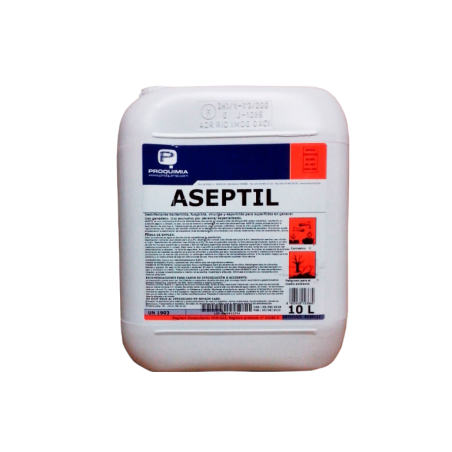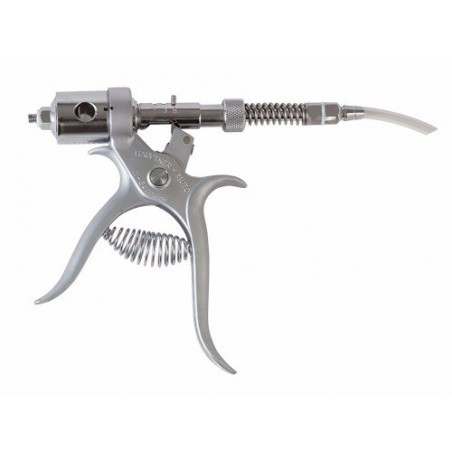First we must begin by defining the concept of "PRRS-stable" since in the field this term is often used incorrectly to refer to different clinical and/or epidemiological scenarios. Stability on a farm is only achieved when virus circulation ceases in the breeding stock, which in turn leads to the cessation of transplacental transmission and piglets are born virus-negative (Holtkamp et al., 2011). Therefore, a farm can only be considered stable when piglets have been systematically tested and are found to be negative at birth.
In the field, farms are frequently deemed stable when no clinical signs compatible with the disease are observed. It is common on these farms for the virus to circulate in a limited way, affecting a small number of breeding animals, and going clinically unnoticed. This situation, which may be clinically acceptable, is extremely risky from an epidemiological point of view as infection remains active on the farm and it allows the infection of the susceptible animals that are introduced into the facility, which in turn may upset the established balance and lead to an outbreak of the disease. On this type of farm there will be periodic outbreaks of disease, unlike what happens on truly stable farms.

The persistence of the virus on farms can be due to several factors. One factor that makes it difficult to eliminate PRRSV is its relatively high ability to survive in the environment. Despite being an enveloped RNA virus relatively easy to inactivate under experimental conditions, on farms it has often been observed that it persists long enough in contaminated facilities to infect the next batch of animals entering the premises. Thus, it can remain in farrowing rooms and can infect successive batches of piglets if cleaning and disinfection programs are not sufficiently meticulous, and it can also persist in the gestation barns, resulting in the infection of susceptible sows that are housed with infected populations even when they are theoretically stable, judging by the absence of clinical signs in the breeding animals.
However, despite the influence that virus persistence in the facilities may have, the infection dynamic in the infected animal is the factor that most adversely affects the failure to achieve stability on a farm. It is very important to always keep in mind that when an animal becomes infected the viremic period is relatively short, ranging from 2 to 3 weeks in adult animals to 4 to 6 weeks in growing animals. However, once viremia has ceased, the virus continues to replicate, although in a limited way, in certain organs for a very long time, mainly in the lymphoreticular system. From these areas, it can then reach the different organic secretions, be excreted into the environment, and lead to the transmission of the pathogen to susceptible animals (Batista et al., 2002). This makes acclimation programs for replacement sows extremely difficult because when an animal becomes infected it remains infective for a very long period of time. It is estimated that the virus can be found in infected animals at least 8 months after infection (Wills et al., 2003). Consequently, the continuous entry of replacement animals into a farm and the uncontrolled infection of these animals during the acclimation period contributes to virus persistence in the population.
On the other hand, we must remember that cross-protection between strains is limited, which implies that implementing vaccination programs as the only control measure is not enough, since vaccines are not a perfect tool. Therefore, although vaccination programs are useful and necessary to prevent or limit the severity of clinical signs associated with the infection (Scortti et al., 2006), decrease virus excretion (Pileri et al., 2017) and reduce transmission (Rose et al., 2015), in most cases they are not sufficient on their own, to control virus circulation, and vaccination programs must be accompanied by mangement practices that help limit virus circulation.
Apart from this, the emergence of more pathogenic strains makes it difficult to stabilize farms since these strains are more easily transmitted and have a greater capacity than conventional strains to elude the host's immune response (Trus et al. 2016), perpetuating themselves over time on farms despite efforts to control them.
Finally, another considerable factor is the possibility of lateral infections. Sometimes, in previously stable farms, re-infections are caused by other strains from outside the farm that may enter as a result of: animals entering into the farm that have been infected either on their farm of origin or during transport; the purchase of contaminated semen, which allows the recipient farm to be infected due to the ability of the virus to spread by venereal infection; or infection by aerosol spread, which will be more likely the closer the infected farms spreading the virus is, and the greater the virulence of the strain.








